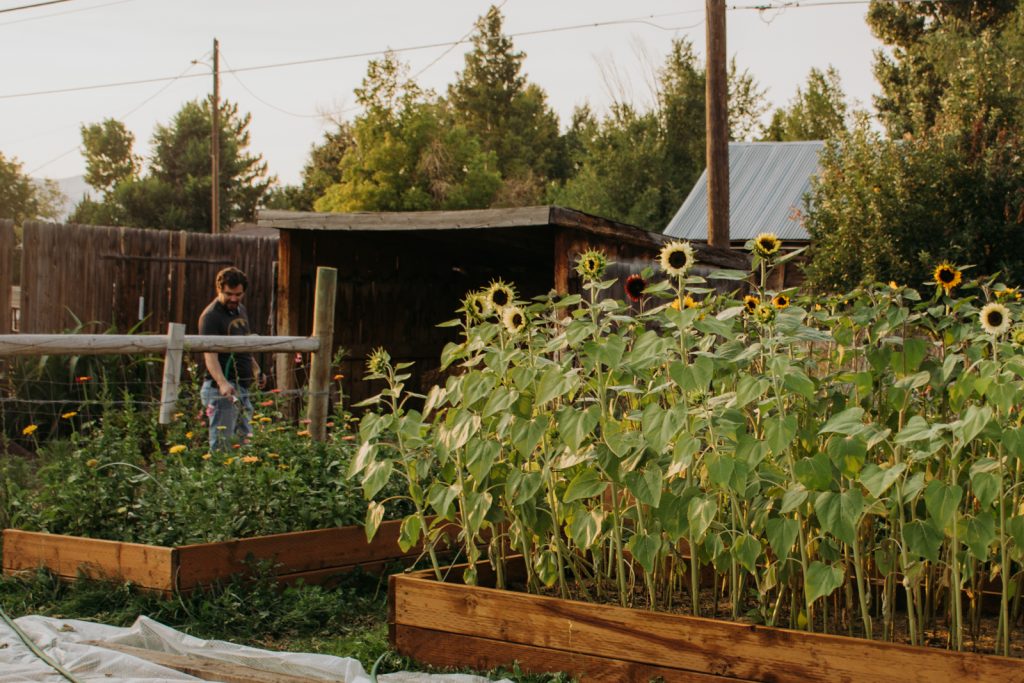
When I first decided to really go for my dream to start a backyard flower farm, the process was seriously daunting. There was so much to learn and although my knowledge of cut flowers was growing, it was still pretty bare bones. As I worked hard to get my farm up and running those first few months, I had to spend my time divided pretty equally between three pursuits: 1) actually growing the flowers and doing farm-related chores, 2) doing the behind-the-scenes work on the business such as social media posts, spreadsheets for taxes, etc., and 3) researching like crazy so that I could act like I knew what I was doing.
RELATED: Lessons Learned From My First Year of Flower Farming
Below are the sources that have proved invaluable to me (especially in that first year of growing), and they are still things I refer to often, sometimes daily. (And by all means, if you know of more that I haven’t included here, please comment below and tell me about it!)
I’ve purposely tried to only include the absolute most helpful resources that I use regularly, so know that these are places that I’ve gone to again and again when I have a question or need help!
Note: There are affiliate links to products and books mentioned below.
Blogs and Websites
- Floret
- So this one is probably a tad bit obvious, but you gotta start with the best! As with many newer flower farmers, I can credit a lot of my dream of actually making flower farming into a reality to Erin Benzakein from Floret Flower Farm. I found Erin’s blog while I was just starting into the concept of growing a cut flower garden for myself, and I have regularly read and used her resources for years. She not only has a ton of information-packed blog posts on just about every subject with cut flower farming as you can imagine, but she also regularly offers freebies like mini video courses to email subscribers. If you’re brand new to her site and to flower farming, I recommend starting with her Growing Resources Round-Up page.
- Sierra Flower Farm
- Sierra Flower Farm is located in Nevada, which is a similar growing region to mine, but that’s not the only reason I like it — in addition to just general information on crop planning, how to grow certain flowers, etc., she (Jessica) also includes quite a few articles on the business side of flower farming, such as the pros and cons of going through different sales outlets and how to target your ideal customer. I recommend you start with one of my favorite posts of hers, Starting a Flower Farm on a Shoestring Budget.
- Johnny’s Seeds website
- If you think it’s odd that I’m including a seed company’s website on here, you clearly haven’t been to Johnny’s Seeds website. Seriously, this company is incredible, and they’re one of the #1 preferred seed companies in the flower farming world for a reason. Not only are their products excellent, but they also include such detailed descriptions of how to sow, grow, and harvest everything that I am regularly checking their site at least a few times a week to check some quick fact or other on something I’m growing. They also run several different experimental trials each year and publish their findings, which you can access through their Grower’s Library.
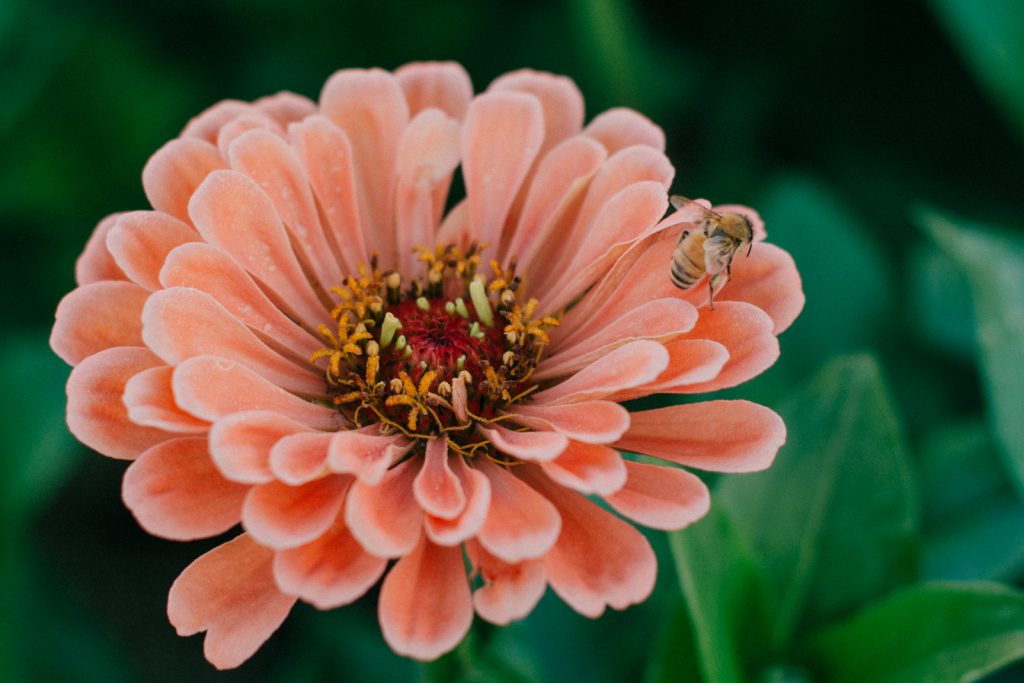
YouTube
Oh YouTube, if Floret Farm is the reason I started dreaming of a backyard flower farm actually being a thing, you were the reason I quickly became obsessed with the idea. The flower farmers below have all been enormously inspiring to me, and I owe a lot of the quick tips and tricks I’ve picked up over the past year to them. (Confession: I also regularly watch replays of their old videos while I seed sow or do other farm-related things just to feel like I’m in good company with people who understand what it’s like.)
- You Can’t Eat the Grass
- I have a ridiculous number of favorite videos from this channel, but I credit Serena and Ian with teaching me that 1) nearly everything can be used as a “cut flower” or in a “cut flower arrangement” if it has a good vase life, and 2) you need to price your flowers so that you are actually making money (which is trickier than you’d think). Absolute favorites by them are their Top 10 Most Profitable Cut Flowers video, their Top Fillers/Foliages video, and their Making Flower Bouquets From Nothing video. Seriously, subscribe to this channel NOW. You will thank me.
- Shifting Roots
- Kristen’s channel is especially valuable to me because 1) she also has a short growing season just like we do, and 2) she’s also growing on extremely limited space (or at least, she was until just barely). I particularly loved her Backyard Business video series this last year, where she talked about getting her cut flower business off the ground and was super honest and upfront about both her successes and her failures.
- Flower Hill Farm
- Nicole flower farms up in northern New York, and she basically takes you along with her every step of her season, from the first lisianthus seeds she starts in January to putting all the tulips in the ground in November. Some videos of hers I found especially useful were her video on how she started selling her bouquets on consignment at local shops and her Mother’s Day sales vlog.
- Sunshine and Flora
- Christina’s channel is newer, but she’s one I’m glad I found. Last year (2021) was also her first season growing and selling cut flowers, and I also love that she does so on a very limited (urban) plot. I’ve liked several of her videos, but some good first ones to check out are 10 Things I Learned in my First Year Flower Farming and her First Farmer’s Market Selling Cut Flowers videos.
- Northlawn Flower Farm
- Danielle is a small-scale grower as well, but she has a CRAZY amount of background experience in flower and landscape design. Her video about How to Plant a Cut Flower Garden in the Landscape was super inspiring to me (and makes me want to take a different approach to how I design our farm in a couple years), and I also love all her videos on her recommended varieties, such as her favorite perennials for cutting and the best cut flowers for shade.
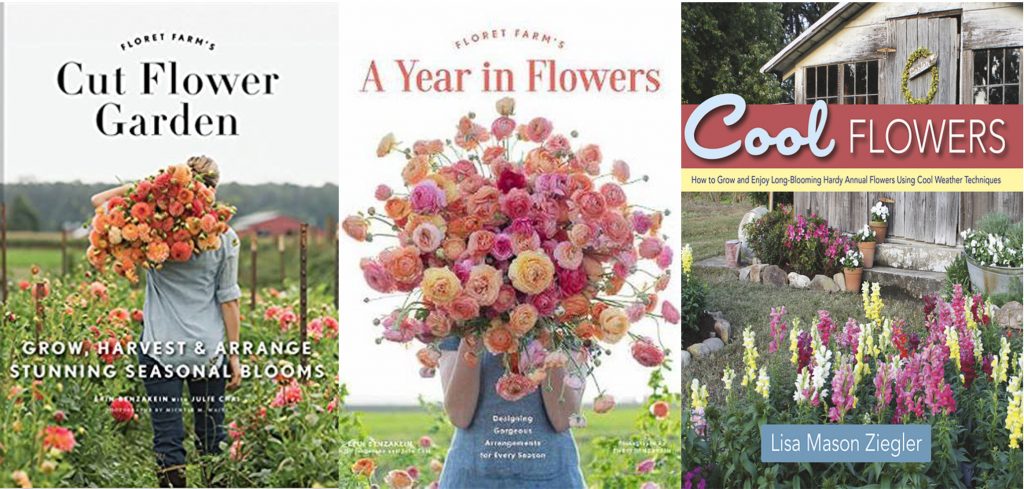
Books
I plan to do a whole huge post devoted just to all the books I love on flower farming and floral design, but for this post, I’m just going to narrow it down to my top three must-own books, which I refer to pretty much almost every week:
- Cut Flower Garden by Erin Benzakein
- Hands down, this is the #1 book I’d recommend that every flower farmer or cut flower grower owns. Period. It is so packed full of information on all the basics plus a plethora of easy seeds to get started with, and the photos are just swoon-worthy. If I’m growing or harvesting something and need a refresher on some fact or other, this is almost always the first book I reference, unless the plant is a hardy annual (see next book).
- Cool Flowers by Lisa Mason Ziegler
- For years, I completely misunderstood the entire class of flowers and plants known as hardy annuals. And because of that, I’d had very little success with most of them. Reading this book changed EVERYTHING about how I thought of this group of flowers, and it is one I wish I would have read years and years ago. This is an absolute must-own.
- A Year in Flowers by Erin Benzakein
- Now, I don’t consider this a must-own for the floral design aspect of it (although that has come in handy for me, too). I consider it in my top 3 because of the appendix. This book has the most in-depth and incredible appendix on cut flowers rounded up in one place that I know of, and it gives you a brief synopsis of hundreds of different plants and flowers, including their vase life and any harvest and growing tips that are must-knows. If I need to know the vase life or quick info on something, I check here first (and almost always find what I’m looking for).
Related Post: The 5 Must-Own Books on Flower Farming
I follow a TON of flower farmers on IG, but there are only two that I could name off the top of my head that have been highly influential education-wise (other than Floret’s IG, which is a given) and that I frequently reference their posts and content.
- Lynsey Taulbee
- If you need a leg up with sales and with marketing your flowers, Lynsey is your girl. She runs a profitable flower farm (on just two acres, I believe), and I like that she challenges the status quo and looks at things in a totally different way, especially through the lens of saving time and energy.
- Micro Flower Farm
- Galena runs a full-time flower farming business on just a half acre in the city, and her experience with making a small space really work for you is totally inspiring. She has a ton of educational content (particularly with dahlias), and she will make you want to rip up every blade of grass on your property 🙂
Miscellaneous
- Local cut flower group or association
- With the growing movement of local, “slow” flowers gaining serious momentum, there are tons of different associations and such you can join for a small fee. The one I’ve joined is the Utah Cut Flower Farm Association, which is a local grower’s collective that provides a ton of valuable resources in its basic membership (and even more for its premium membership). The biggest boon for me is that it allowed me to join the exclusive Facebook group of the association, where members can post questions, share information and resources, and do Facebook Live chats. It’s so valuable to be able to contact other growers in your same climate and market and to help each other out. The FB group alone is worth the fee! In addition to that, there are other perks, such as member webinars, group meet-ups, and your business info going into their public directory so people can find you more easily. Plus, this last year I actually was able to get a grower’s grant through the association to help offset the cost of the high tunnel we’re putting in this year! It’s definitely worth doing a Google search to see what local (and national) associations speak to you.
- University extensions
- Another great resource to look into is what your local universities are doing in the world of cut flowers and agriculture. Here in Utah, Utah State University has a TON of resources for cut flower growers, including free access to their annual small farms conference (which you can participate in virtually if you can’t make it in person and also watch replays) and online PDFs of some of the results of their recent research. For example, USU has been doing a multi-year experiment on growing ranunculus and anemones here in Utah, and they published a lot of their findings HERE. I also follow several of their researchers on Instagram so that I can get the latest info they’re publishing on their work.
If you have any questions or other resources you know of, make sure to drop a comment below!!


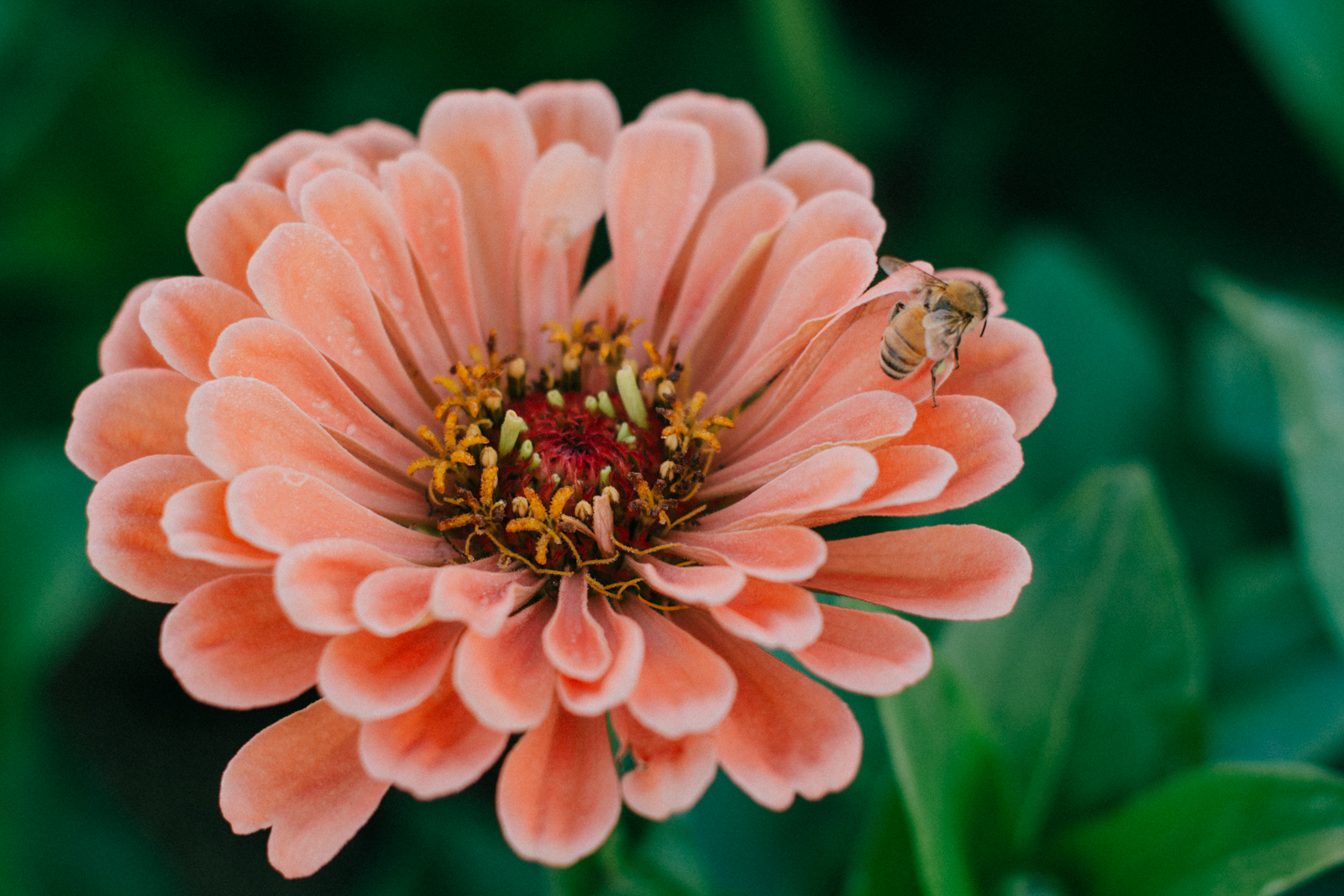
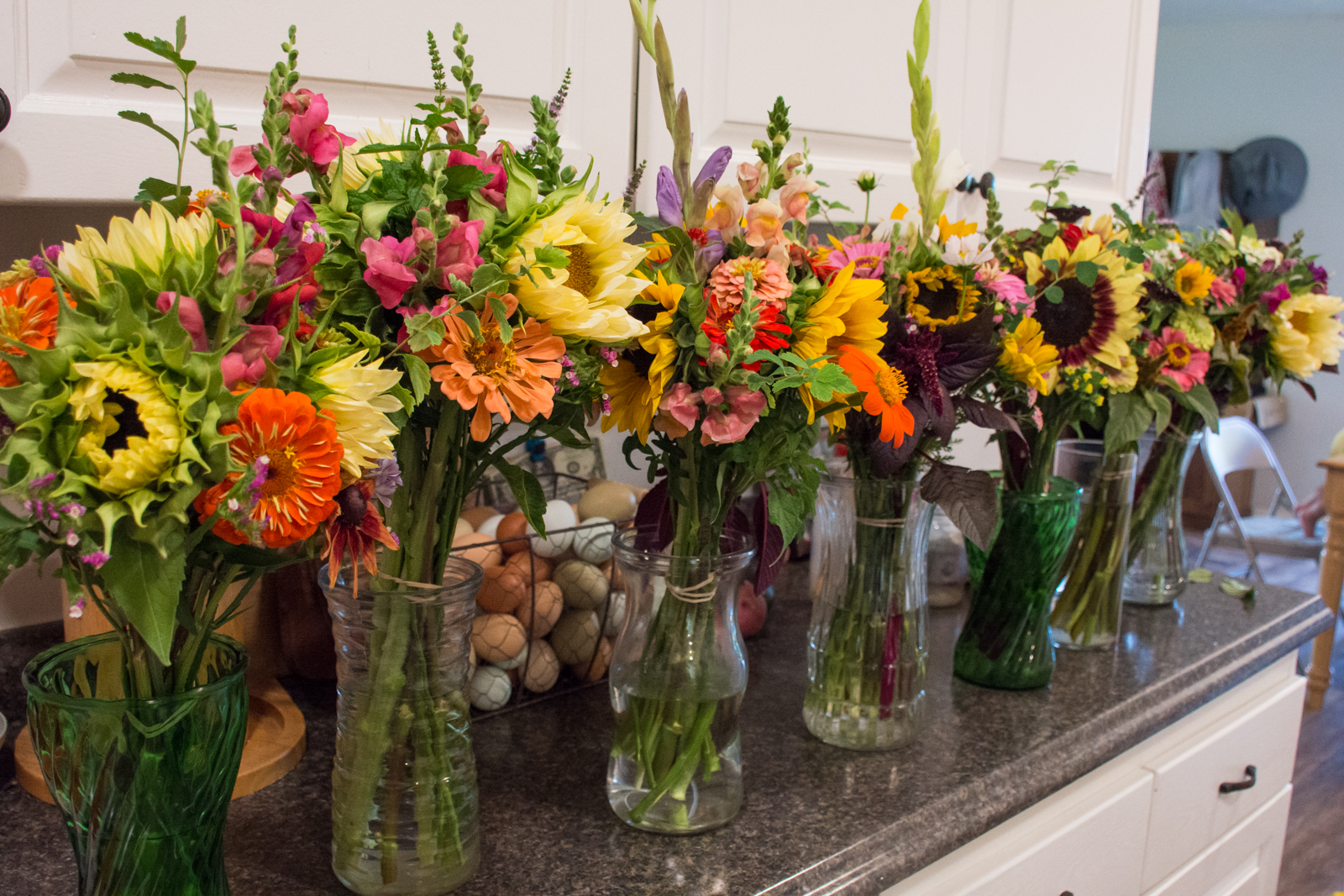

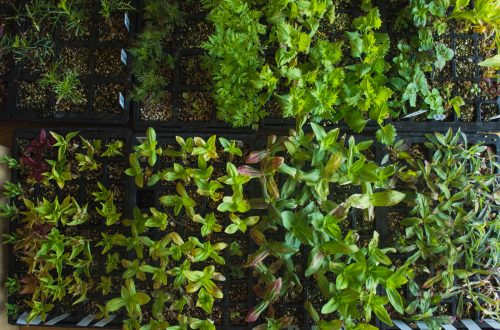


The Flower Farmers group on Facebook has been invaluable!
I’m not a member of that one — I’ll have to go check it out now. I’ve found that the one local to my area has been amazing, but a more general one with a (much) wider audience probably has a lot more experience collectively to gather from, so I’m going to see if they’ll let me join!